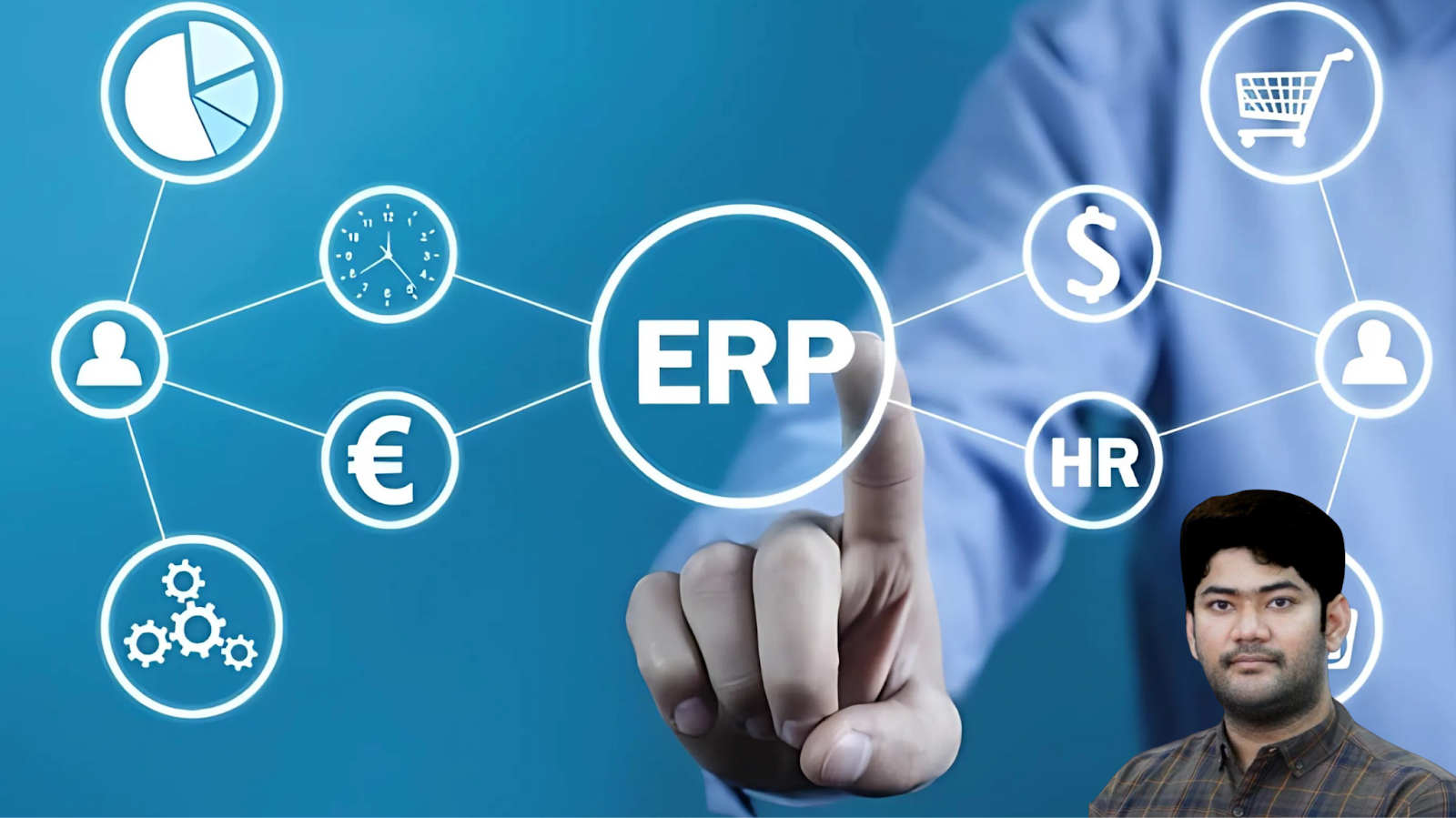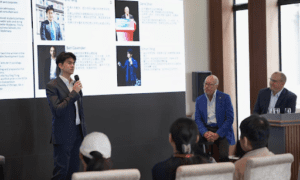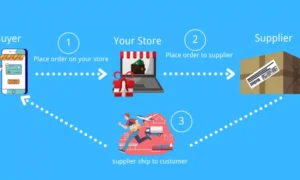When we think of technology’s impact on the economy, we often picture apps, startups, or the latest smart devices. But much of America’s real economic infrastructure depends on enterprise resource planning systems, which are quiet, complex technologies that keep payrolls running, compliance in check, and operations smooth across major industries.
Retail and rental services are at the centre of this backbone. According to IBISWorld, the U.S. retail market is projected to reach $7.4 trillion by 2025, growing at over 5% annually since 2020. Together, retail and rental sectors support nearly 18 million American jobs. Despite their scale, many companies in these sectors still depend on outdated systems that struggle to handle today’s workforce demands, from union rules to fragmented data and rising compliance pressure.
“You can’t do EA without technology innovation and you can’t do technology innovation without EA”, says Saul Brand, a Senior Director Analyst at Gartner.
One of the key figures shaping this quiet enterprise revolution is Manoj Varma Lakhamraju, a technologist whose innovations are redefining how large organizations modernize legacy systems. This article draws primarily from Lakhamraju’s publicly available research on ResearchGate, where he has published detailed case studies on scalable ERP design, compliance automation, compensation equity frameworks, and interactive dashboards for smarter operations. While his professional background is outlined on LinkedIn, the technical depth of his contributions is documented through these research papers. His work highlights how thoughtful system design can improve audit readiness, operational efficiency, and fairness across complex enterprise environments.
Rethinking System Complexity Through Scalable Design
Managing multiple union contracts and complex regulatory requirements is one of the hardest challenges in enterprise systems. Historically, this meant constant manual updates, higher risk of error, and long downtimes.
At a major equipment rental company, Lakhamraju introduced a scalable ERP framework that shifted away from manual updates. By using centralized logic, lookup tables, and dynamic calculations, the system could adapt automatically to policy changes. This eliminated most human error and helped the company stay compliant without extra workload.
This method reflects a larger trend in enterprise design: building systems that adjust to rules rather than forcing staff to manage exceptions.
Bridging Data Silos to Enable Smarter Operations
Many enterprises operate with HR, payroll, and benefits teams working in isolation. This separation leads to missed insights, slower decisions, and lost productivity.
To solve this, Lakhamraju led the development of interactive, real-time dashboards that pull data from across departments. These dashboards became central tools for audits, centralized access, real-time data and executive reporting.
This shift toward unified data isn’t just technical, it helps companies act faster and with more confidence, turning information into a real advantage.
Rebuilding Trust in Compensation and Pay Equity
When it comes to compensation, even small system failures can hurt employee trust. As companies grow across regions and labour laws change, keeping pay systems both accurate and fair is becoming more difficult.
Lakhamraju tackled this by building a compensation architecture that relied on policy logic, automated validations, dynamic calculation, automated proration, and pay audit dashboards. These updates made the process more reliable and restored trust in internal pay systems.
With pay equity becoming a legal and cultural priority, this kind of automation is now essential, not just for efficiency, but for fairness.
Scaling Autonomy Through Self-Service Innovation
IT bottlenecks are a common issue in many enterprise systems. Simple changes often require technical support, which can delay business decisions.
To address this, Lakhamraju introduced low-code tools and clear documentation that allowed non-technical teams to manage some system changes themselves. This freed up IT resources and gave HR and operations more autonomy.
This type of self-service model is growing across the enterprise landscape, helping businesses become more flexible without losing control.
A National Impact from Behind the Curtain
Most people won’t see or talk about the enterprise systems that power human capital management, systems like compliance engines, payroll platforms, benefits administration, and data-driven dashboards. Yet these are the critical tools that enable businesses to scale efficiently, support employee well-being, and improve retention by fostering a better workplace experience. Higher employee satisfaction leads directly to better talent retention, which in turn strengthens company performance and long-term competitiveness.
Manoj Varma Lakhamraju’s work demonstrates how thoughtful system design and practical innovation can quietly drive large-scale, national-level impact.
In an era where headlines focus on consumer apps and flashy technology, it’s essential to recognize that the quiet transformation of enterprise infrastructure is just as vital. As professionals like Lakhamraju continue to modernize the systems that underpin America’s core industries, their work strengthens the backbone of the economy, supporting millions of jobs, enhancing productivity, and enabling sustainable growth from the inside out.




























